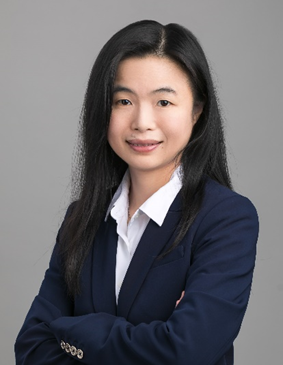Abstract
The regulation of neural stem/progenitor cell (NSPC) niches, the guidance of neurite outgrowth, and the establishment of neural networks, along with the induction of functional neurons, are pivotal components in the progression of neural engineering. Moreover, stem cell-based in vitro models hold potential for therapeutic strategies and drug screening for neurodegenerative disorders, such as Alzheimer's disease (AD). In this study, a novel approach was employed to fabricate a niche-modulated system using polypeptide multilayer films, enabling investigation into the effects of surface properties on NSPC differentiation. Additionally, a biomimetic system consisting of supported lipid bilayers (SLBs) with adsorbed sequential multilayer films was developed to closely mimic the natural environment, resembling synaptic membranes. Furthermore, a biochip based on NSPC spheroids, which exhibited a 3D brain-like structure, well-defined neural differentiation, and neural network formation, was created. This brain-on-a-chip model, specifically tailored towards AD research, was constructed using microelectrode arrays with a multichannel platform, allowing real-time monitoring of neural network formation and degeneration through impedance analysis. The AD-on-a-chip model offers enhanced insights into neurological pathology, and its development provides an alternative approach for studying drug discovery and cell-protein interactions within the brain.
I-Chi Lee, Ph.D.
Department of Biomedical Engineering and Environmental Sciences
National Tsing Hua University

I-Chi Lee, Ph.D.
Prof. Lee is currently an Associate professor at the Department of Biomedical Engineering and Environmental Sciences, National Tsing Hua University. Dr. I Chi Lee received her Ph.D. from the Department of Biomedical Engineering, National Taiwan University in 2007. She then worked as a postdoctoral research fellow at the genomics research center, Academia Sinica in Taiwan, and, subsequently, served as Assistant Professor, Associate Professor, and Professor at the Graduate Institute of Biomedical Engineering, Chang Gung University. Her research focuses on biomaterials, tissue engineering, and drug delivery. She has published over 40 peer-reviewed articles and one book (ISBN: 978-1-63485-878-6) and received multiple important research awards in Taiwan, including Ta-You Wu Memorial award in 2018. Her current research includes neural stem cell regulation, stem cells and cancer stem cell selection, and polymeric microneedle technologies. She has contributed to the fundamental understanding of stem cells’ and cancer stem cells microenvironment. Recently, she focuses to translate the knowledge on fabrication of organ on chip and in vitro model. For example, she has established a brain on chip model and Alzhemer’s on a chip model which could supply the alternative to bridge the animal study and preclinical test. She also established a research network with Chang Gung hospital and is involved in the development of microneedle patches on the application of transdermal delivery and cell therapy. She will develop a series of in vitro models includes organ on chip and tumor on chip in the next 5 years, which will supply the contribution on Precision Medicine, Personalized Medicine, and the decrease of animal use.
Award
MOST Special Outstanding Talent Award (National Tsing Hua University) 2022
MOST Special Outstanding Talent Award (National Tsing Hua University) 2021
MOST Special Outstanding Talent Award (National Tsing Hua University) 2020
MOST Special Outstanding Talent Award (Chang Gung University) 2019
Chang Gung University Research Excellence Award 2020
MOST Ta-You Wu Memorial Award 2018
Award for Engineering Paper by Chinese Institute of Engineers (R.O.C.) 2016
Award for Excellent Paper by Taiwan Institute of Chemical Engineers 2016
Taiwan ISOMRM Excellent in Poster Award 2014
